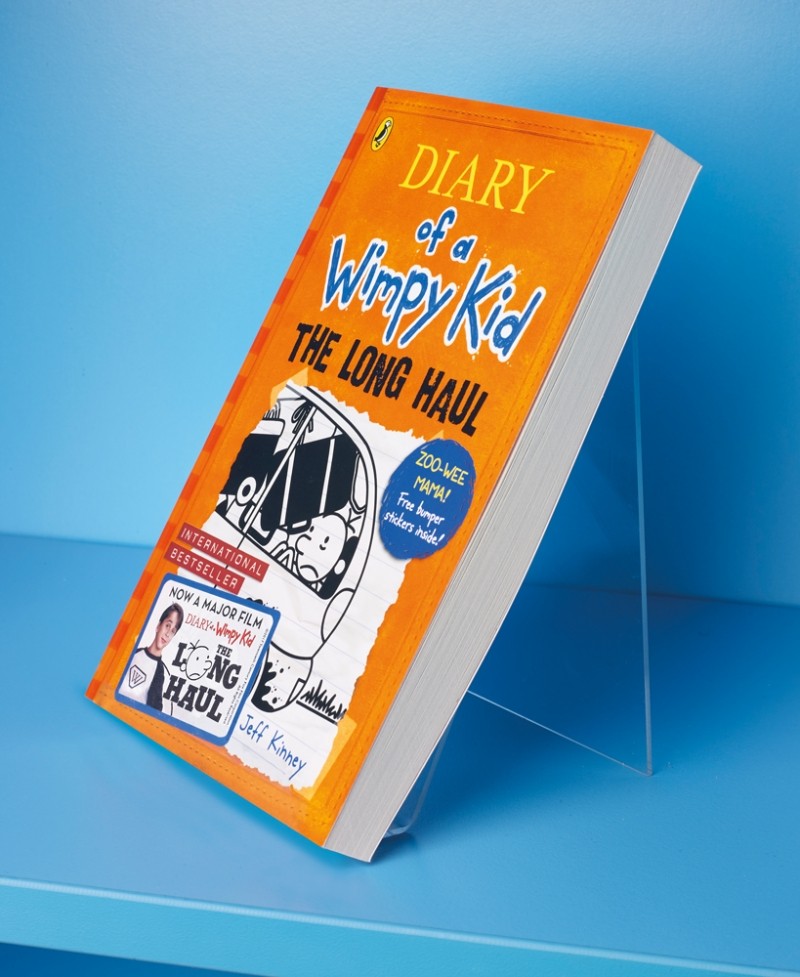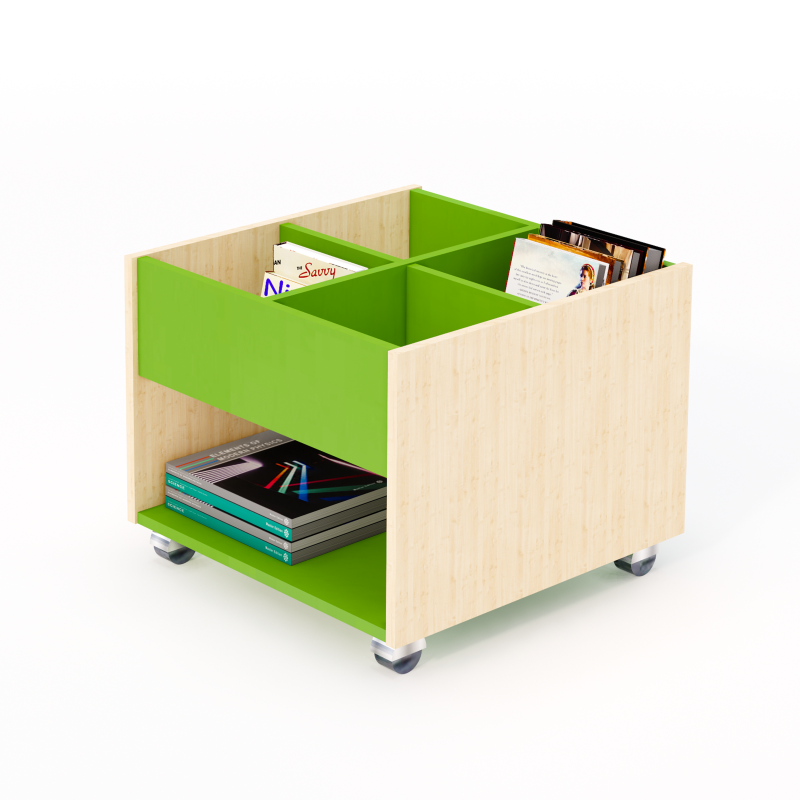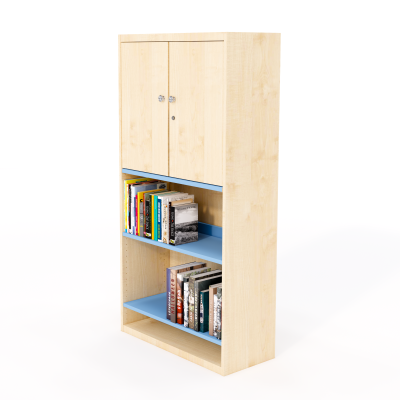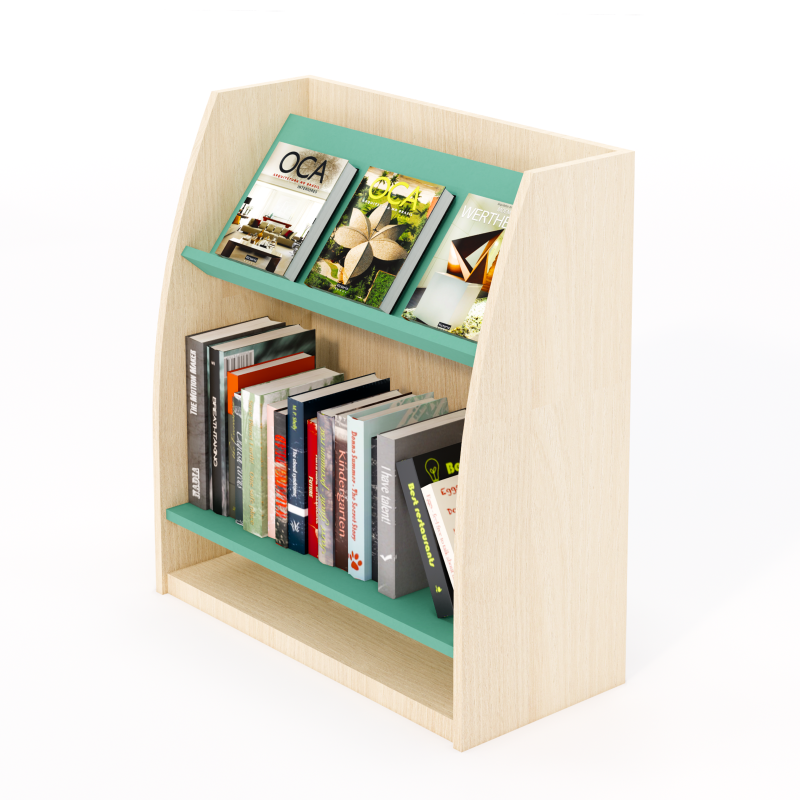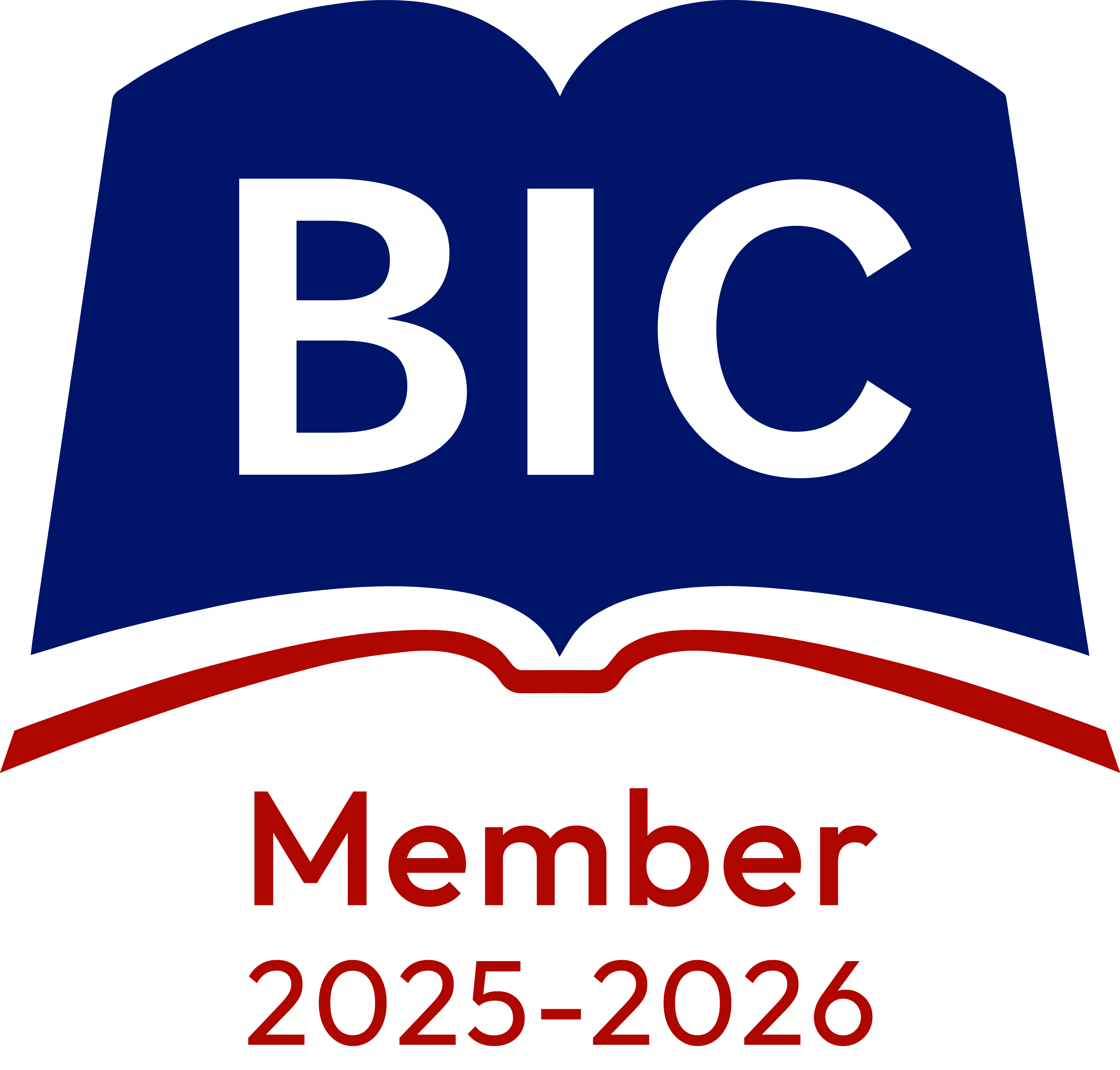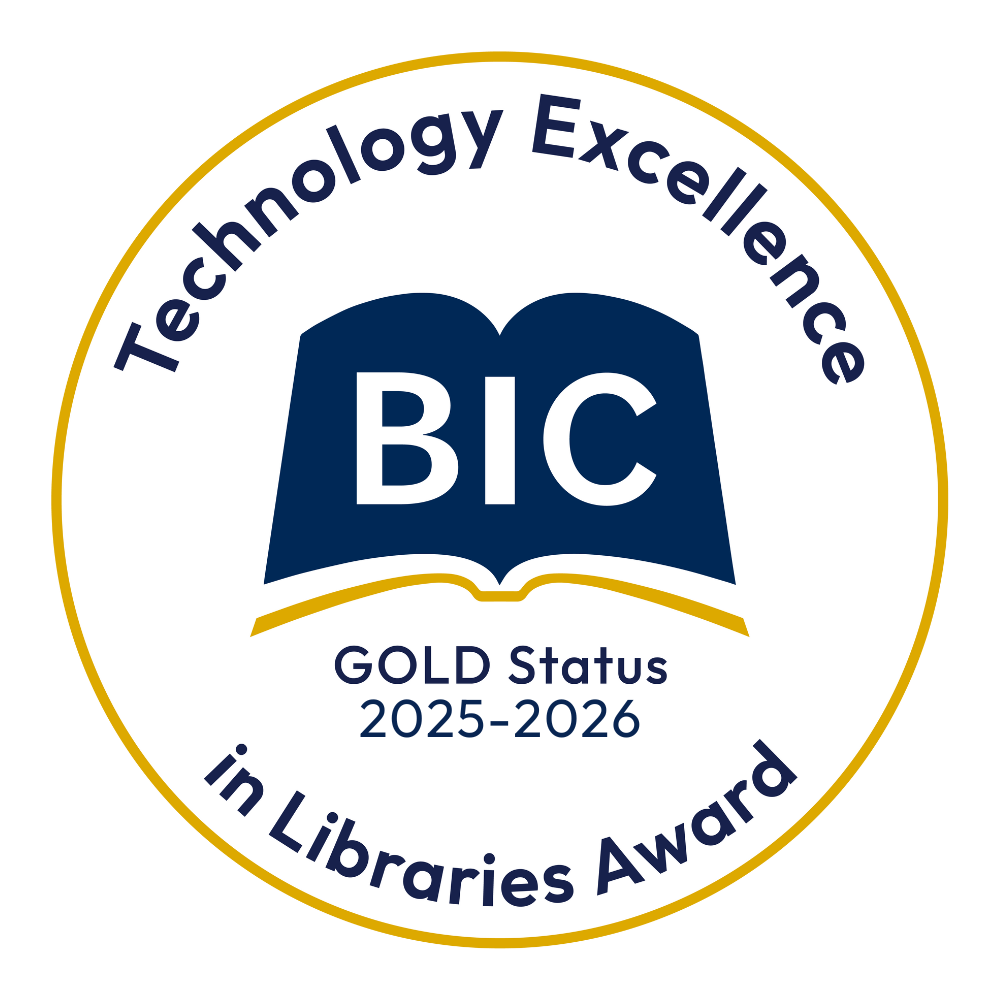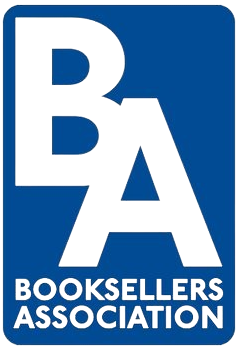Please note: We will continue to deliver your books and furniture until Thursday 18 December for schools, and Tuesday 23 December for public libraries. We will then close for the Christmas break, with deliveries resuming from Monday 5 January 2026. We wish all of our customers a very merry Christmas and a Happy New Year!
For help, advice and telephone ordering call our team on 0121 666 6646
Are you sure you wish to delete this basket?()
This action cannot be undone.
Sorry, something went wrong
Please report the problem here.
Build a classroom book corner with our step-by-step guide
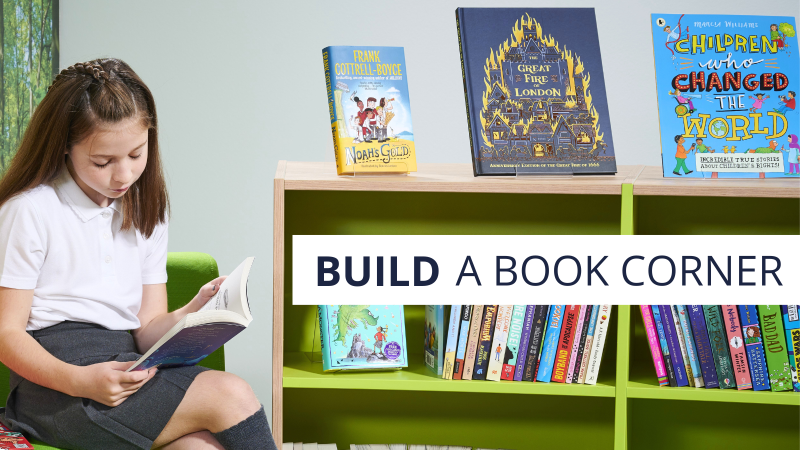
January 31st 2024
With the DfE's updated Reading Framework (July 2023) emphasising the importance of classroom book corners in schools, you may be thinking about creating this space within your own classroom, or revitalising your corner so it is used to its full potential. We've picked out the four key steps you need to consider when building a reading corner for classrooms to support your school's reading strategy.
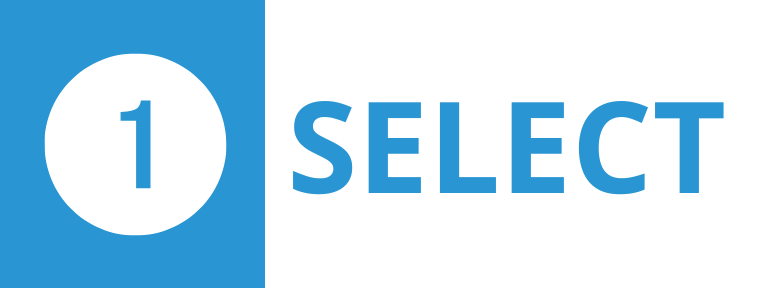 |
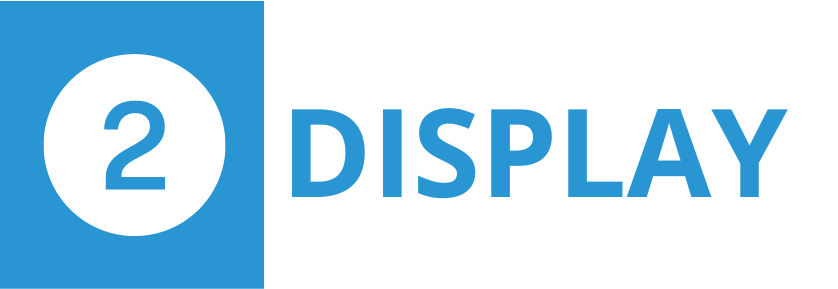 |
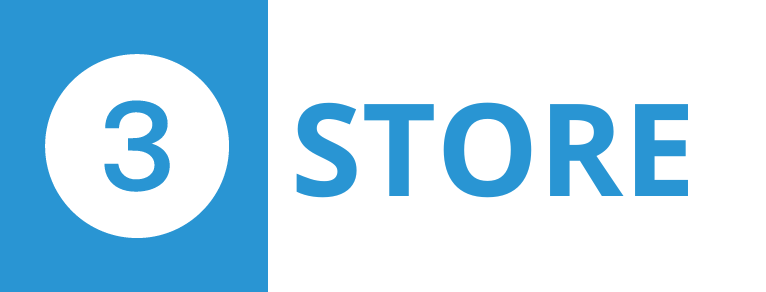 |
 |
Step 1: Select the right books for your classroom
Books are the centrepiece of the reading corner in a classroom. Choosing the right titles for your pupils will guarantee its success.
With new exciting titles published every year, as well as old favourites to revisit, there is a balance between offering a variety of reads to your pupils, whilst not completely overwhelming them, or diluting focus on chosen titles.
If you're starting your first classroom library collection, the Reading Framework recommends 30-50 core books in your book corner, made up of titles that are great to read aloud as well as familiar class favourites. If you would like support with starting your classroom collection, our Schools Team are on hand to help you with a bespoke selection.
The Reading Framework also recommends that you refresh your book corner shelves regularly throughout the year. If you have a main school library, you can rotate stock from your main supply (see Step 3 for more). When changing stock, you could showcase titles relevant to the current term; our Schools Team and Librarians create regular, seasonal book lists which respond to upcoming celebrations and trends. A hassle-free way to update your stock is our Reading for Pleasure subscription service, with new books delivered to you every term.
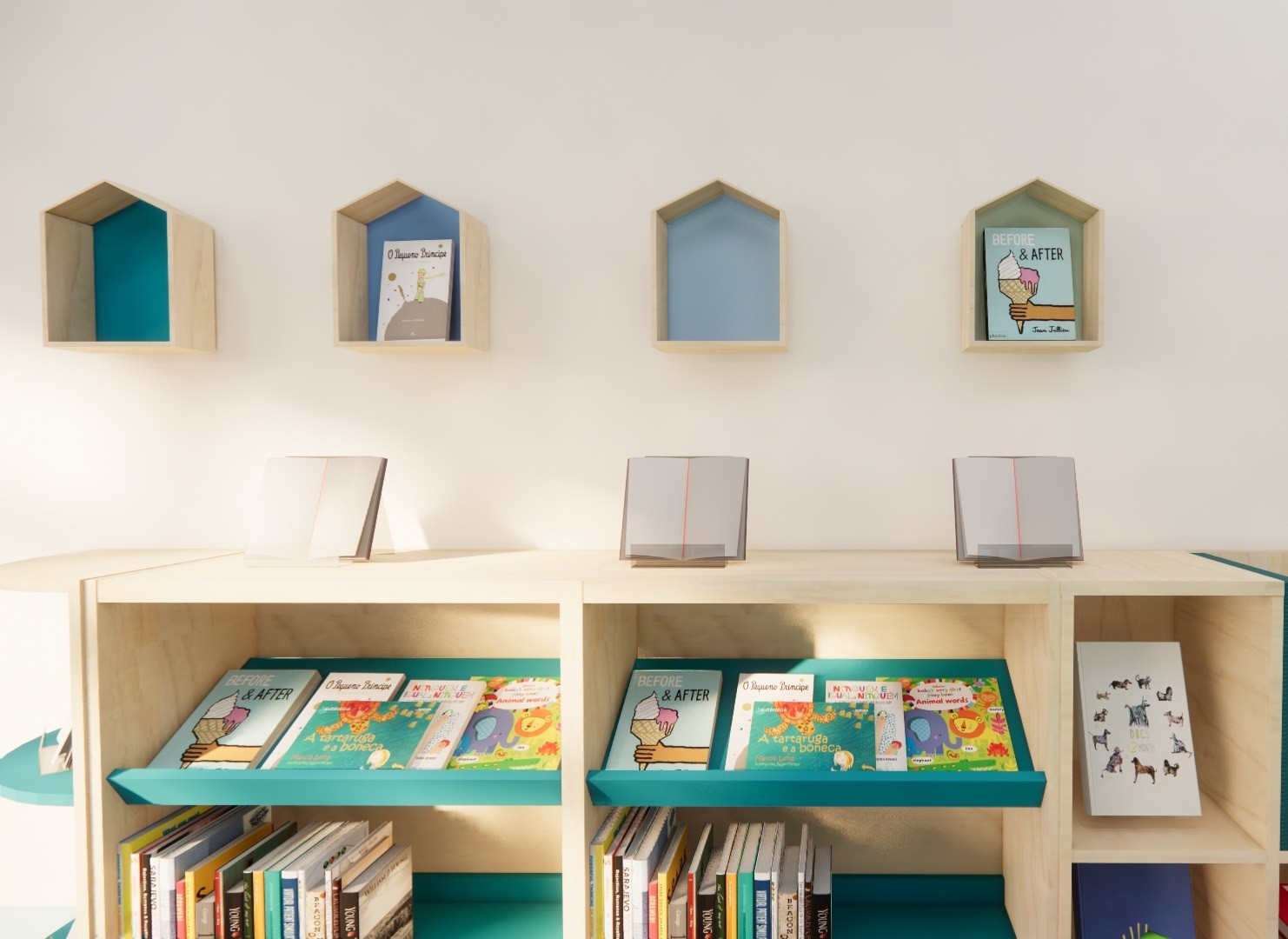 Step 2: Display your collection to entice readers
Step 2: Display your collection to entice readers
How you display your collection is integral to enticing pupils to pick up a book and to use their classroom book corner. The Reading Framework suggests that you should dedicate your time to selecting, displaying and promoting your books rather than on decoration. Simple approaches, then, can be the most effective tool.
One easy trick is to display the books at your pupils' eye level, so they can easily see what is available in the book corner. Another effective approach is investing in forward-facing shelves, like those in the Apto or Geo range. This kind of shelving means the title, author, illustrator, and front cover of your books are immediately visible to the potential reader. For smaller budgets, single tier book stands can also outwardly present a few titles in your reading corner.
In our designer's render of a classroom book nook (left), you can see these different techniques in action: shelves eye level to pupils, forward-facing shelves, and book stands. Wall shelving like the book display houses can be used to highlight particular titles that have already been read together during storytime, or upcoming stories for your pupils to look forward to listening to.
However you may display the books in your classroom, the purpose behind your choices should remain clear: to get your pupils to pick up a book.
Step 3: Store additional books separate from your classroom stock
As mentioned in Step 1, the Reading Framework recommends refreshing your classroom library shelves throughout the school year. For schools with a main library, you can rotate your books with the central stock, selecting titles which are relevant to your class' interests, upcoming curriculum topics, or current events. You can also avoid overwhelming your pupils with too much choice, as well as save space for other classroom essentials. This method could also encourage pupils to venture into the main library. For example, if they have discovered a new favourite author in your book corner, they can then borrow the author's back list from the main library.
If you do not have a main library, it is still important to not overwhelm your book corner shelves. Create a flexible book corner space which meets display and storage needs. Classroom storage units which double up as bookcases with shelving at pupil eye-level like the Apto lockable cupboard are a great space solution. Some mobile kinderboxes can also act as display units for picture books, with available storage on the bottom for additional stock.
If you do not have the available budget for your reading corner, one storage solution is to work with your colleagues and swap stock between classrooms. This can also encourage book talk in your pupil population outside of their set classes.
Step 4 - Encourage your pupils to enjoy their book corner
With exciting titles on display ready to be enjoyed, and a system in place for refreshing your stock, the final step is for you and your class to love your new book corner!
A book corner is one part of a wider strategy towards building a reading for pleasure culture in your school. The Reading Framework highlights several core strategies, including reading aloud to pupils, providing time to read, and providing sociable reading environments, all which can be achieved on a micro scale through your classroom book corner.
Modelling how to use the book corner can give pupils the confidence to explore the selection you have on offer on their own. Build excitement towards half-termly stock swaps, announcing when new titles are ready to be borrowed - you could even give hints as to what sort of books will become available.
Your book corner could also host story-time, with cushions, soft seating or a Storytelling chair!
Using your book corner with your class on a regular basis will establish it as shared space which is there to be enjoyed by pupils of all reading abilities, and contributes towards the wider reading for pleasure initiative within your school.

